Honor Magic6 RSR is a bold new entrant into the premium smartphone market
After a couple of weeks with the Porsche Design Honor Magic6 RSR in hand, we report back on the ins and outs of this new high-end device

The great thing about Honor's Magic6 RSR, which we previewed a couple of weeks ago among smartphone alternatives, is that it combines all the best things about Android in a package that is resolutely non-Google. That’s not to say we aren’t ardent admirers of the tech giant’s Pixel range, but Honor, together with Porsche, is coming at smartphones from a different angle.
We tried out the Porsche Design Honor Magic6 RSR
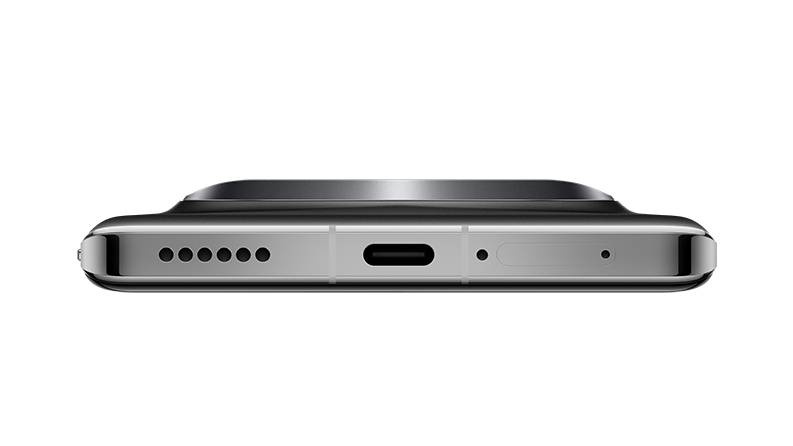
After a short spell with the Porsche Design Honor Magic6 RSR – to give it its full title – it’s clear that this is a premium device with top-table specification to go with the Porsche-enhanced price tag. That means you get a whole terabyte of storage and 24GB RAM, as well as an extremely swift and sophisticated ‘Falcon’ camera system that feels on a par with rivals.

The latter is helped out by a LiDAR autofocus sensor, a first for Honor, as well as a 180MP telephoto camera with stabilised digital zoom levels of up to 100x. The phone offers a sophisticated portrait mode, a professional mode with full control over aperture and exposure, and even the ability to add bokeh to selfies, as well as the usual raft of digital softeners and smoothers for the more image-conscious.

Although the resulting images feel more computationally assembled than ever before, there’s no denying they’re on a par with the very best of what’s out there, from the iPhone 15 to the Pixel 8 Pro and Samsung’s Galaxy S24. Note that the latter two devices make much of their AI-driven photographic abilities, something the Magic6 doesn’t shy away from.

The Magic6 RSR certainly looks and feels the part, with a good solid weight to it and the distinctively different form of the camera cluster. The phone comes with Honor’s MagicOS 8.0, a bolt-on suite of enhancements to stock Android apps, GUI and functionality. All this is displayed beautifully on the large 6.8in OLED screen, protected by what Honor calls a ‘NanoCrystal shield’ for enhanced insurances against scratches and accidental drops.

Available in Agate Grey or Frozen Berry (both colours derived from the official Porsche palette, inspired by the 911 and Taycan respectively), the Magic6 RSR ships with a colour-matched case, another aspect of the design where automotive-derived inspiration has been allowed to run free. Here, you’ll find prominent stitching patterns on the leather-effect surface, a nod to the wheel and dashboard of top trim Porsche interiors.
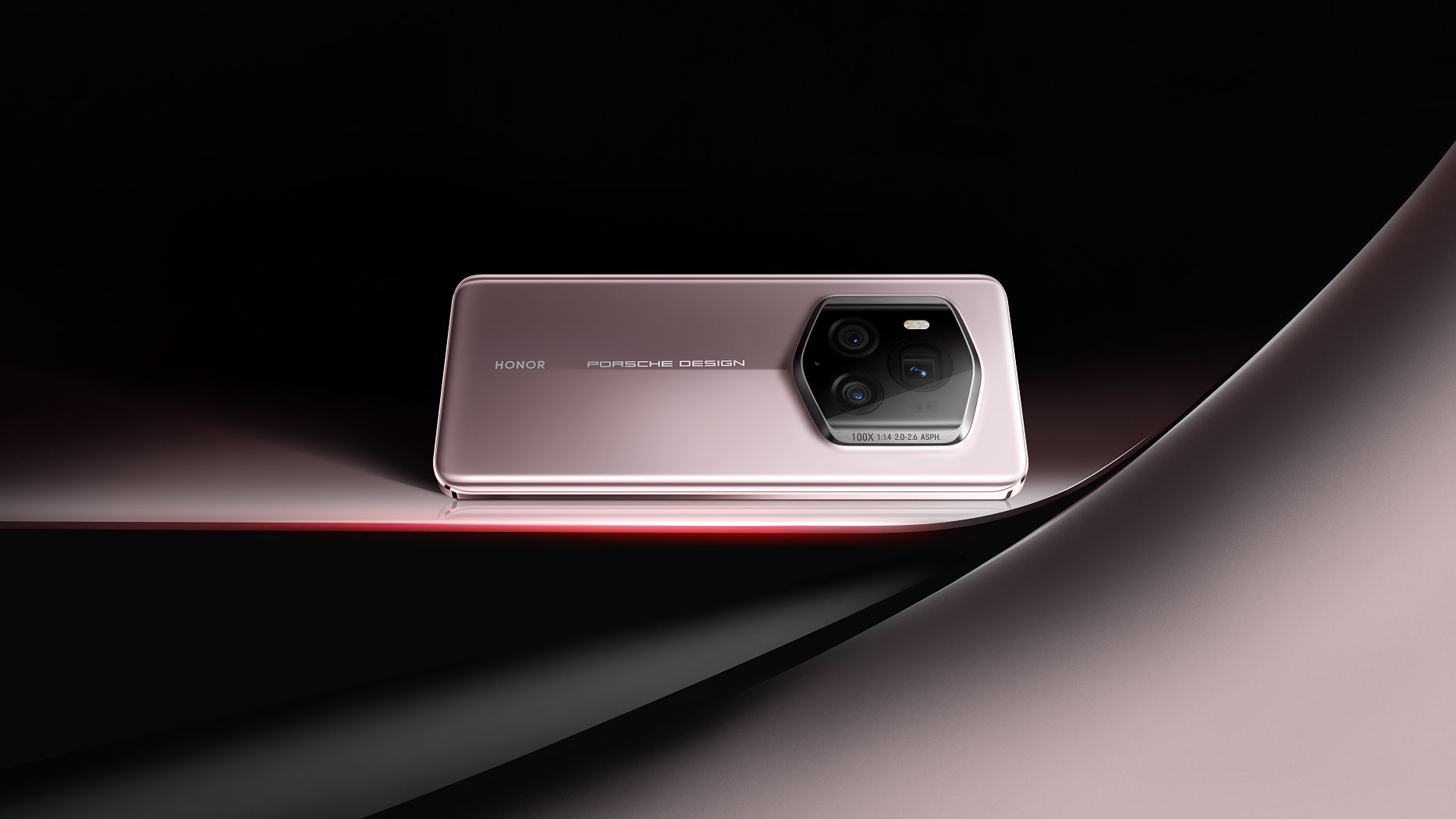
Despite these obvious nods, the design of the Magic6 RSR isn't toylike or derivative. The UI and apps are crisply designed without any excessively skeuomorphic flourishes or cartoonish touches. It feels grown up and fully realised, a worthy companion to Honor's first collaboration with Porsche Design, the folding Porsche Design Honor Magic V2 RSR.
Receive our daily digest of inspiration, escapism and design stories from around the world direct to your inbox.

Naturally, you’ll face the dichotomy of dealing with two different data eco systems – Honor’s and Google’s – but this is no different from working with any other non-Pixel device. How much you choose to engage with the former’s suite of apps, which include health, gaming, a dedicated app store, and more, is down to your tolerance for multiple log-ins and having two distinct data trails stored on either sides of the planet. With all this in mind, it's still a worthy way of standing out from the crowd.
Honor Magic6 RSR, £1,599, Honor.com
Jonathan Bell has written for Wallpaper* magazine since 1999, covering everything from architecture and transport design to books, tech and graphic design. He is now the magazine’s Transport and Technology Editor. Jonathan has written and edited 15 books, including Concept Car Design, 21st Century House, and The New Modern House. He is also the host of Wallpaper’s first podcast.
-
 The Bombardier Global 8000 flies faster and higher to make the most of your time in the air
The Bombardier Global 8000 flies faster and higher to make the most of your time in the airA wellness machine with wings: Bombardier’s new Global 8000 isn’t quite a spa in the sky, but the Canadian manufacturer reckons its flagship business jet will give your health a boost
-
 A former fisherman’s cottage in Brittany is transformed by a new timber extension
A former fisherman’s cottage in Brittany is transformed by a new timber extensionParis-based architects A-platz have woven new elements into the stone fabric of this traditional Breton cottage
-
 New York's members-only boom shows no sign of stopping – and it's about to get even more niche
New York's members-only boom shows no sign of stopping – and it's about to get even more nicheFrom bathing clubs to listening bars, gatekeeping is back in a big way. Here's what's driving the wave of exclusivity
-
 Inspired by a pebble, the stylish new Alma charger provides pocketable convenience
Inspired by a pebble, the stylish new Alma charger provides pocketable convenienceWhat if technology could quietly allay anxiety and not cause it? That’s the pitch behind new luxury accessories company Addition, starting with its new Alma wireless charger
-
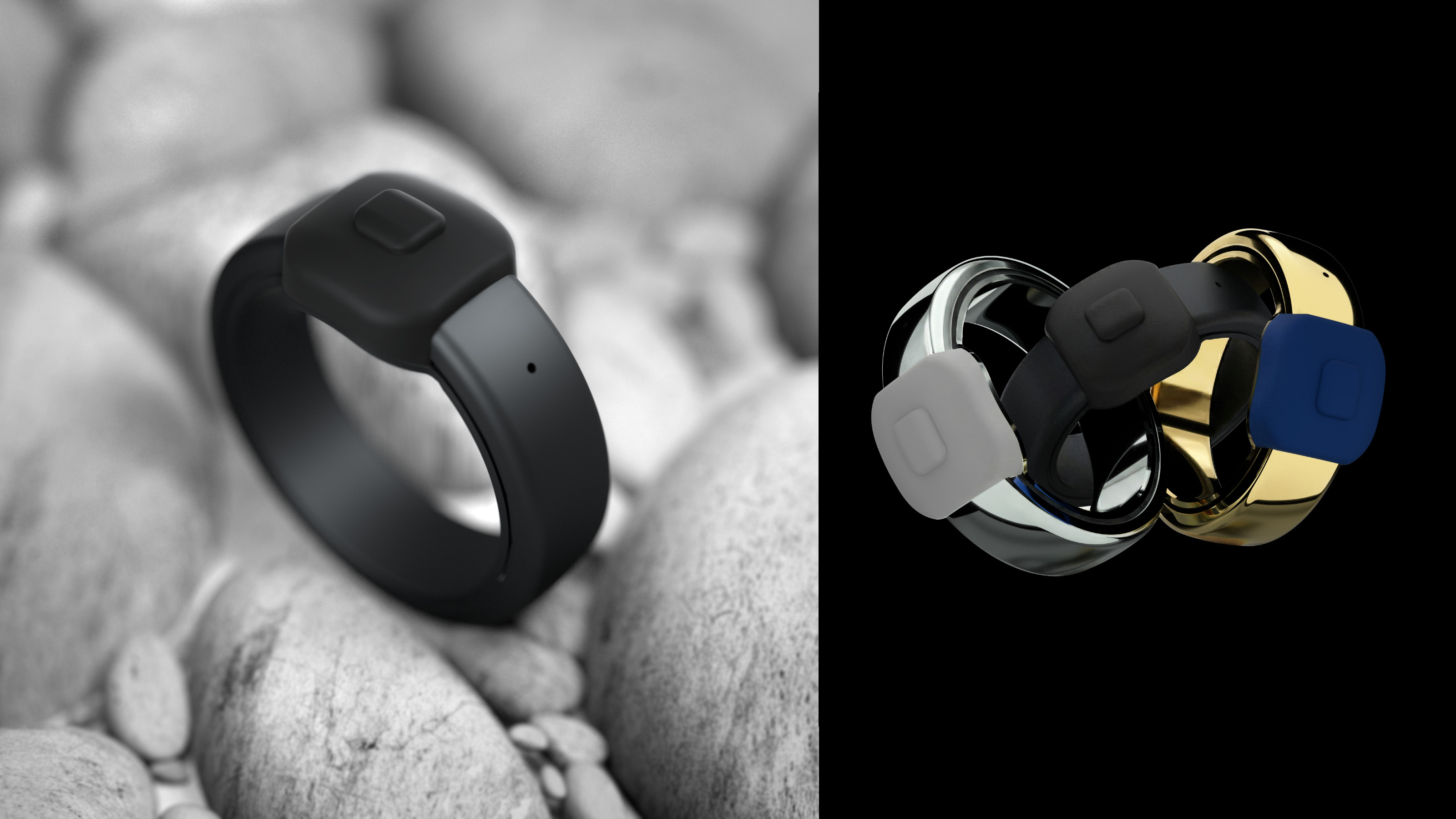 The ring’s the thing as Pebble launches a discreet device for memo-taking, Index Ring 01
The ring’s the thing as Pebble launches a discreet device for memo-taking, Index Ring 01A tiny device with a singular purpose but limitless applications, the Pebble Index 01 is a customisable smart ring for turning mental notes into text
-
 Tech gift ideas: Wallpaper’s Jonathan Bell lists 12 devices to desire this festive season
Tech gift ideas: Wallpaper’s Jonathan Bell lists 12 devices to desire this festive seasonTechnology editor Jonathan Bell delves into the best new releases and most giftable gadgets from 2025, offering up personal favourites as well as a few big hints
-
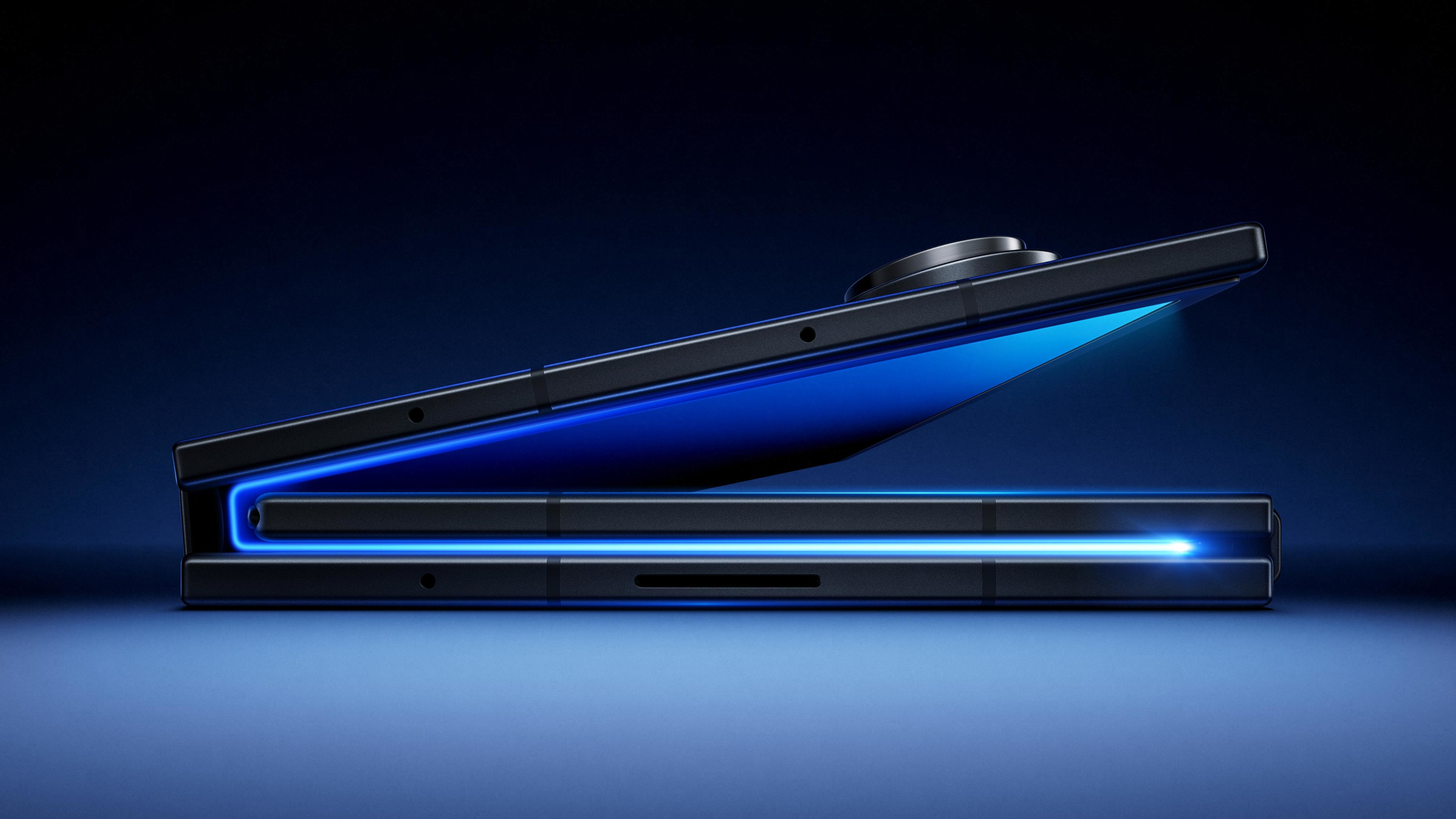 Samsung Galaxy Z TriFold is a pocket tablet that takes folding screens to new extremes
Samsung Galaxy Z TriFold is a pocket tablet that takes folding screens to new extremesSamsung has announced its newest flagship device, the Galaxy Z TriFold. Featuring three folding screens, this ultimate smartphone can transform into a ten-inch tablet
-
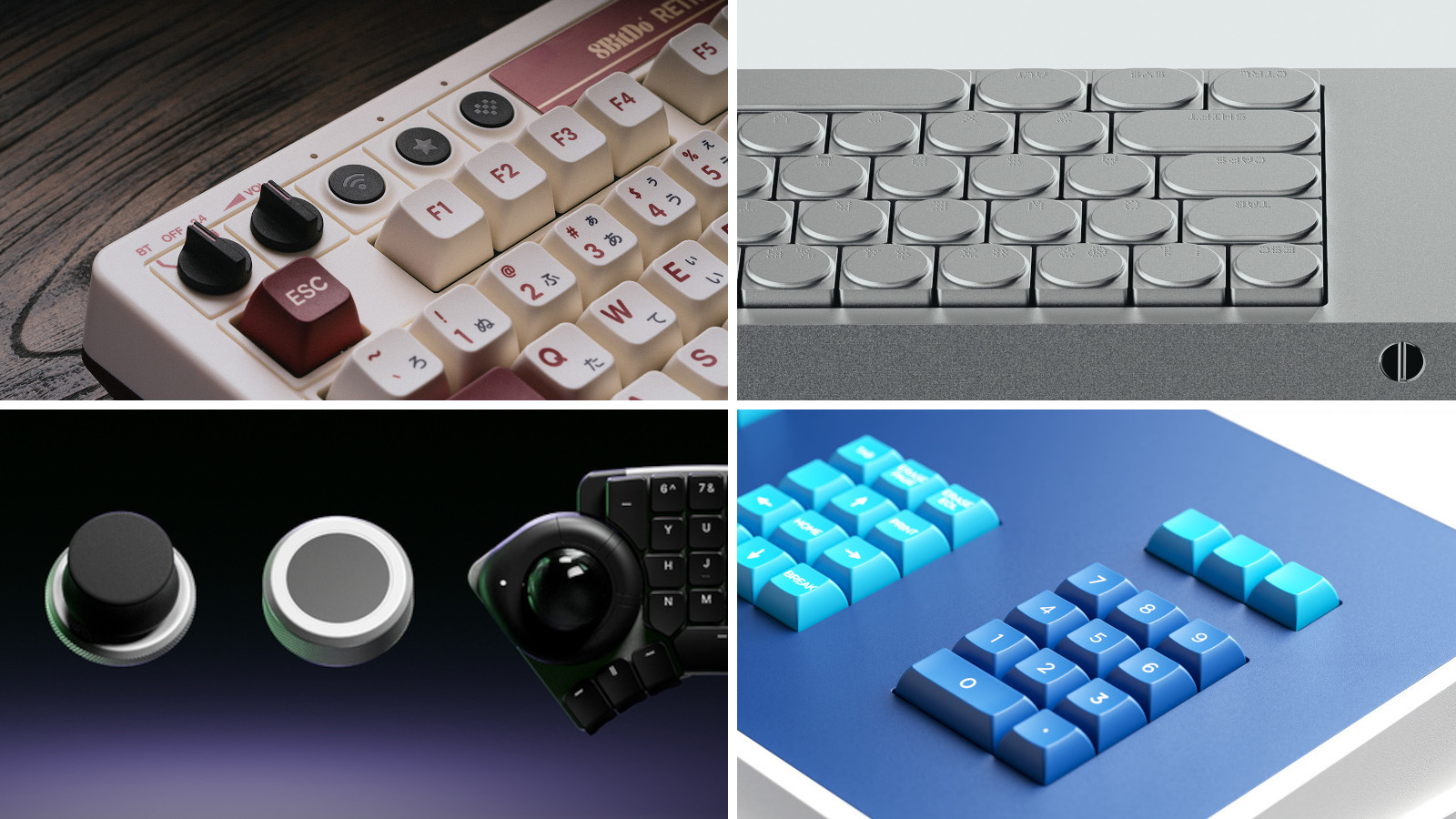 Four new keyboards are fresh and functional desktop companions
Four new keyboards are fresh and functional desktop companionsMechanical keyboards are all the rage, bringing with them new ways of personalising your desktop. We’ve found four devices that hark back to the early days of computing
-
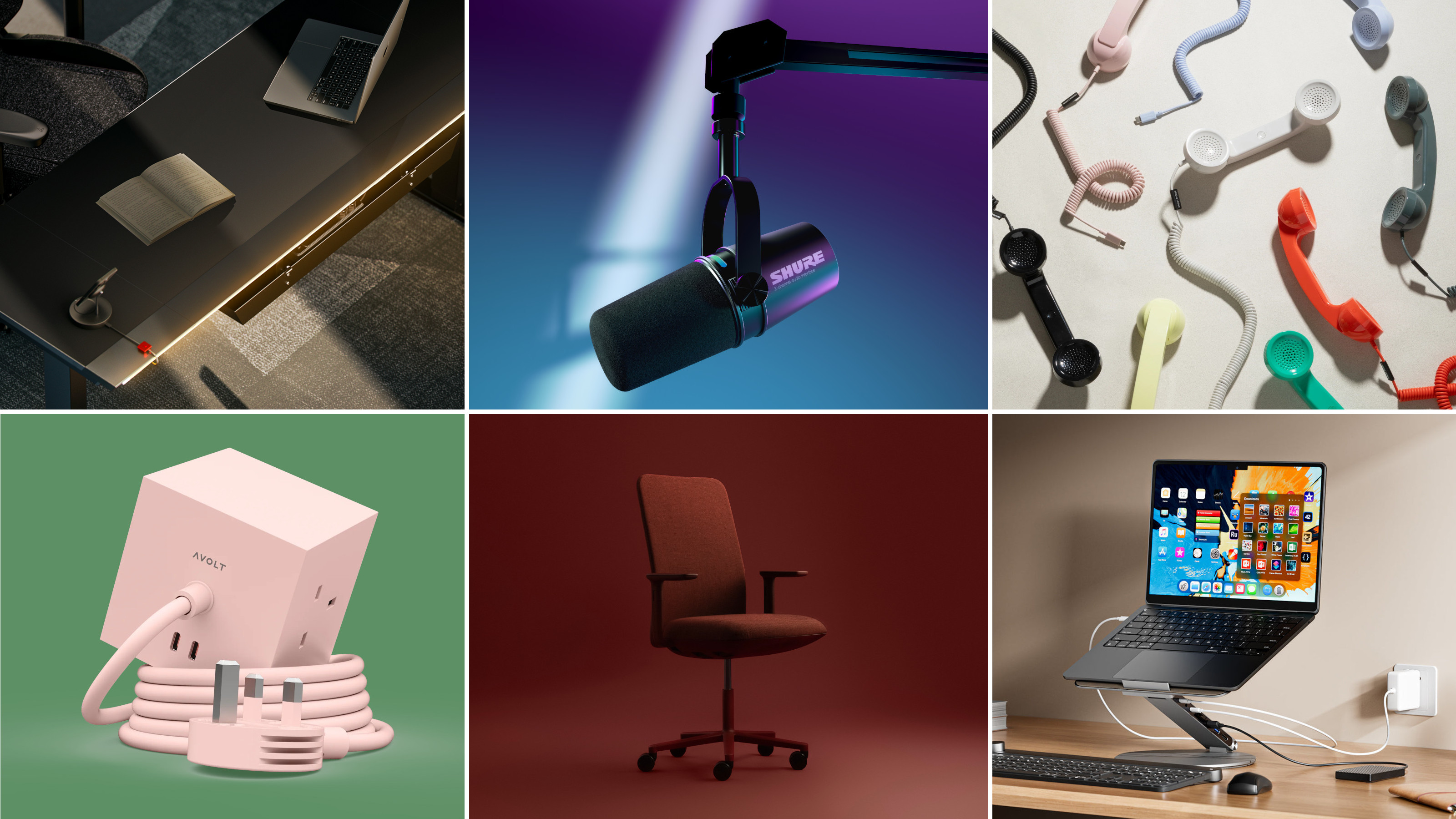 Hunker down in a perfectly equipped work-from-home hub this winter
Hunker down in a perfectly equipped work-from-home hub this winterIf your WFH set-up needs an upgrade, or if you need to kit out a new small business from scratch, we’ve got you covered
-
 New Leica Q3 Monochrom camera sees the world in black and white
New Leica Q3 Monochrom camera sees the world in black and whiteDefined by its crisp 60MP monochrome sensor, the Leica Q3 Monochrom is a camera designed for those who want to focus only on light, shadow and form
-
 Apple Watch Ultra 3 has innovation at its heart – a 3D-printed titanium case
Apple Watch Ultra 3 has innovation at its heart – a 3D-printed titanium caseWe delve into Apple’s pioneering use of 3D-printed metal, and how it ties in with the company’s path to carbon neutrality